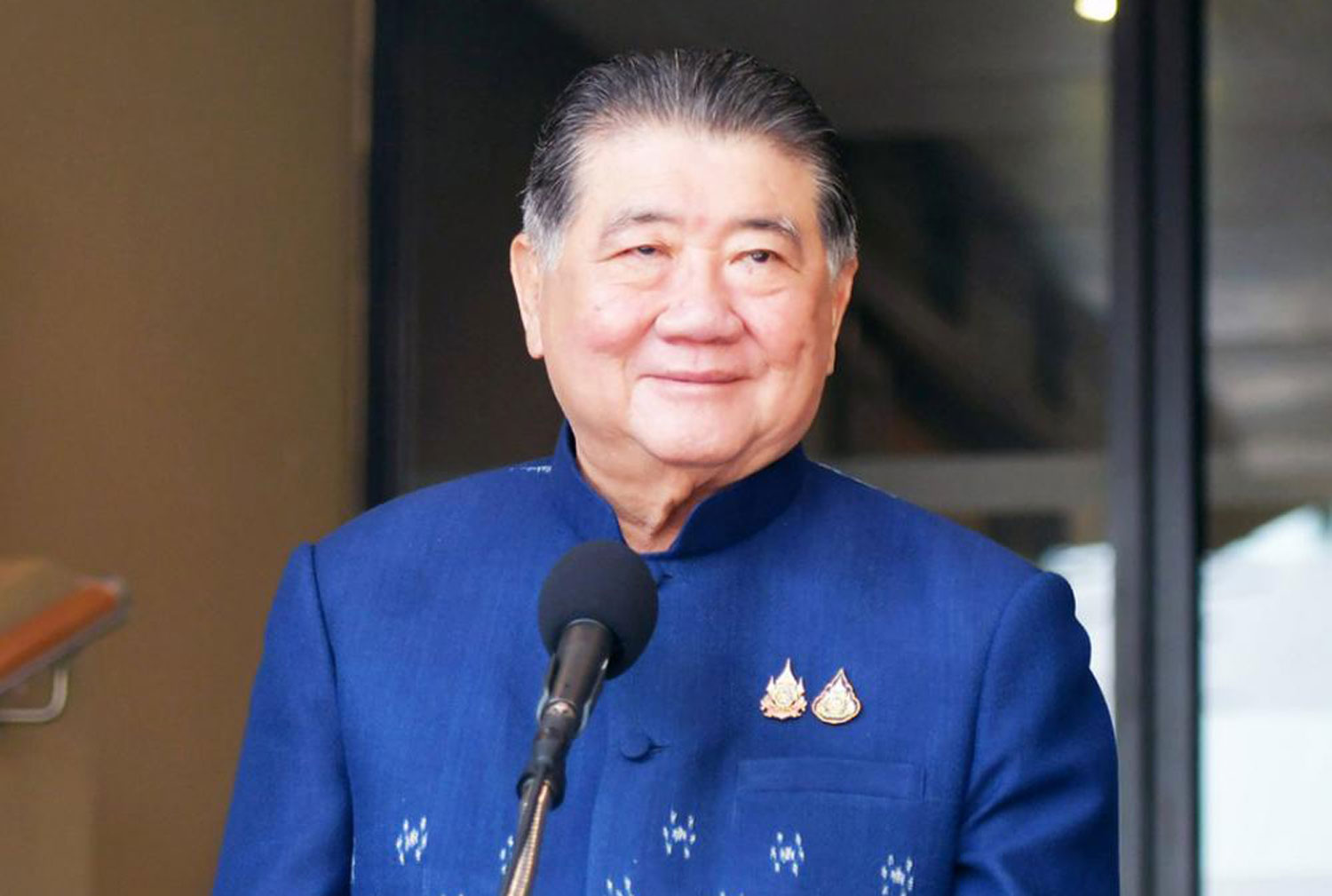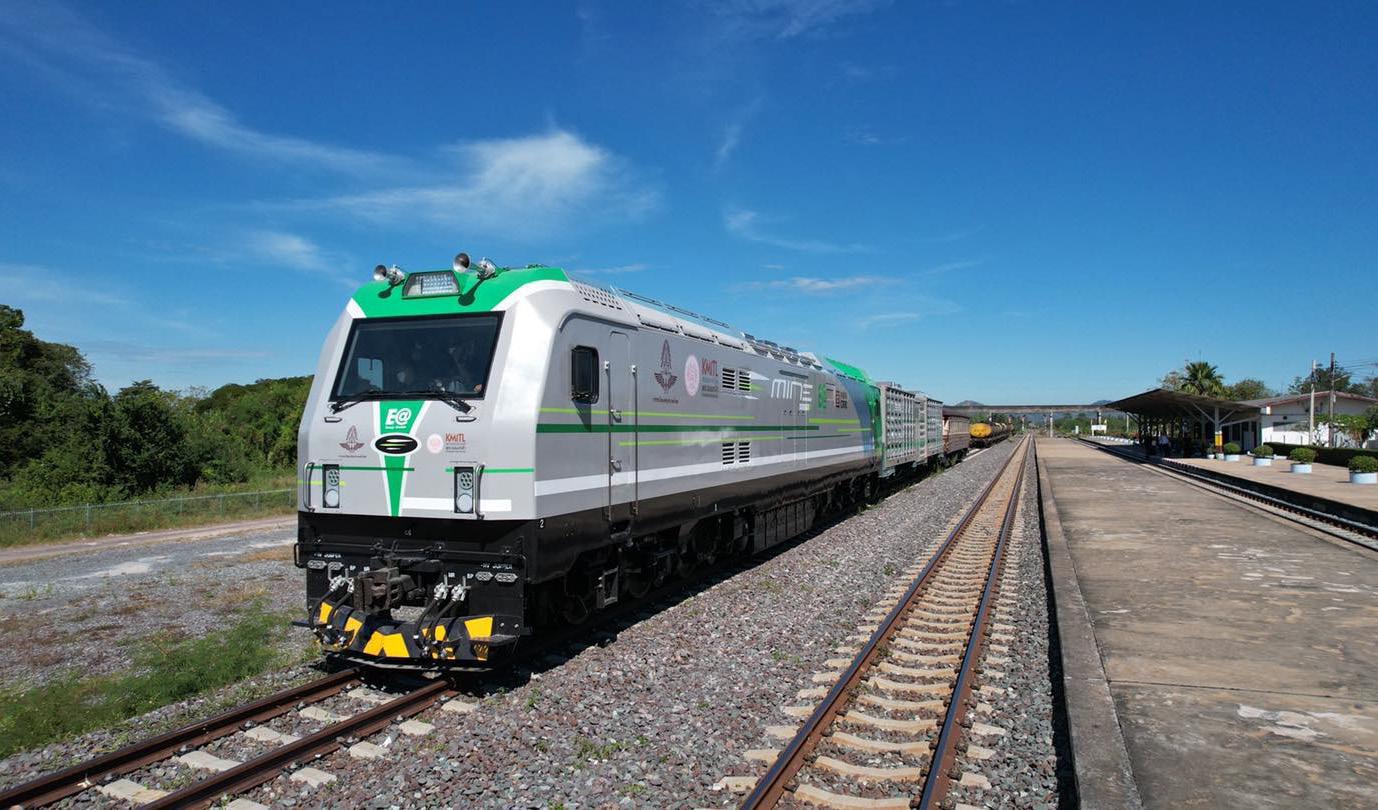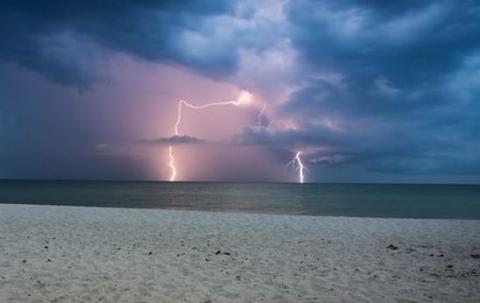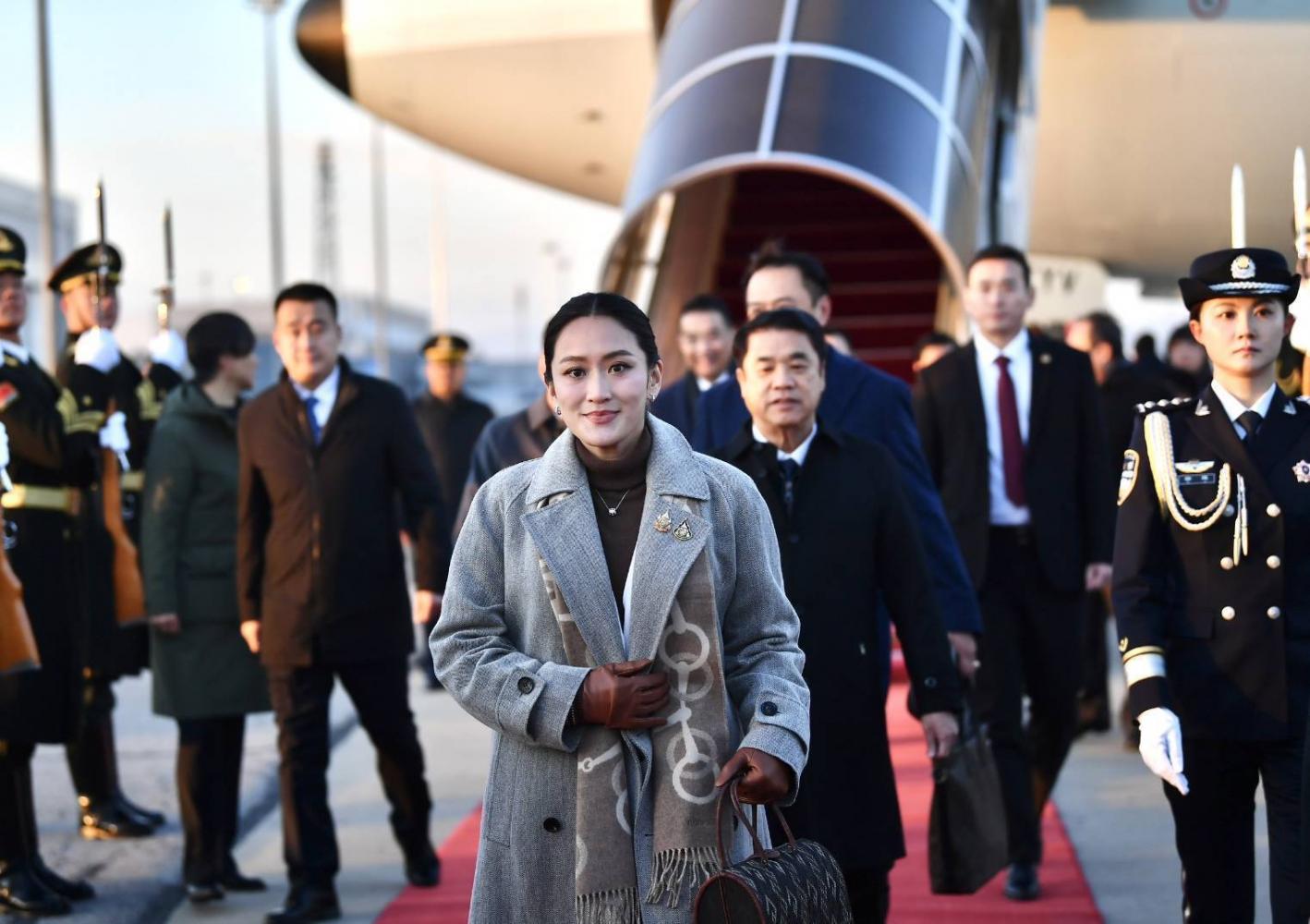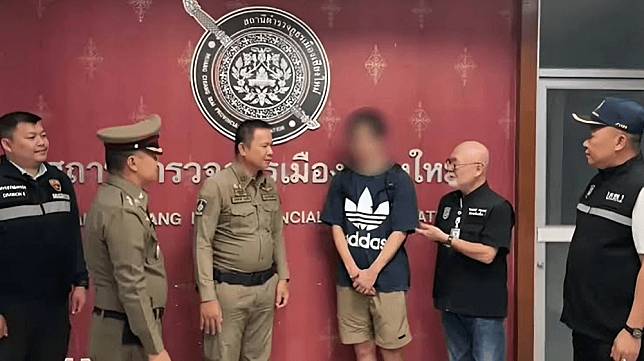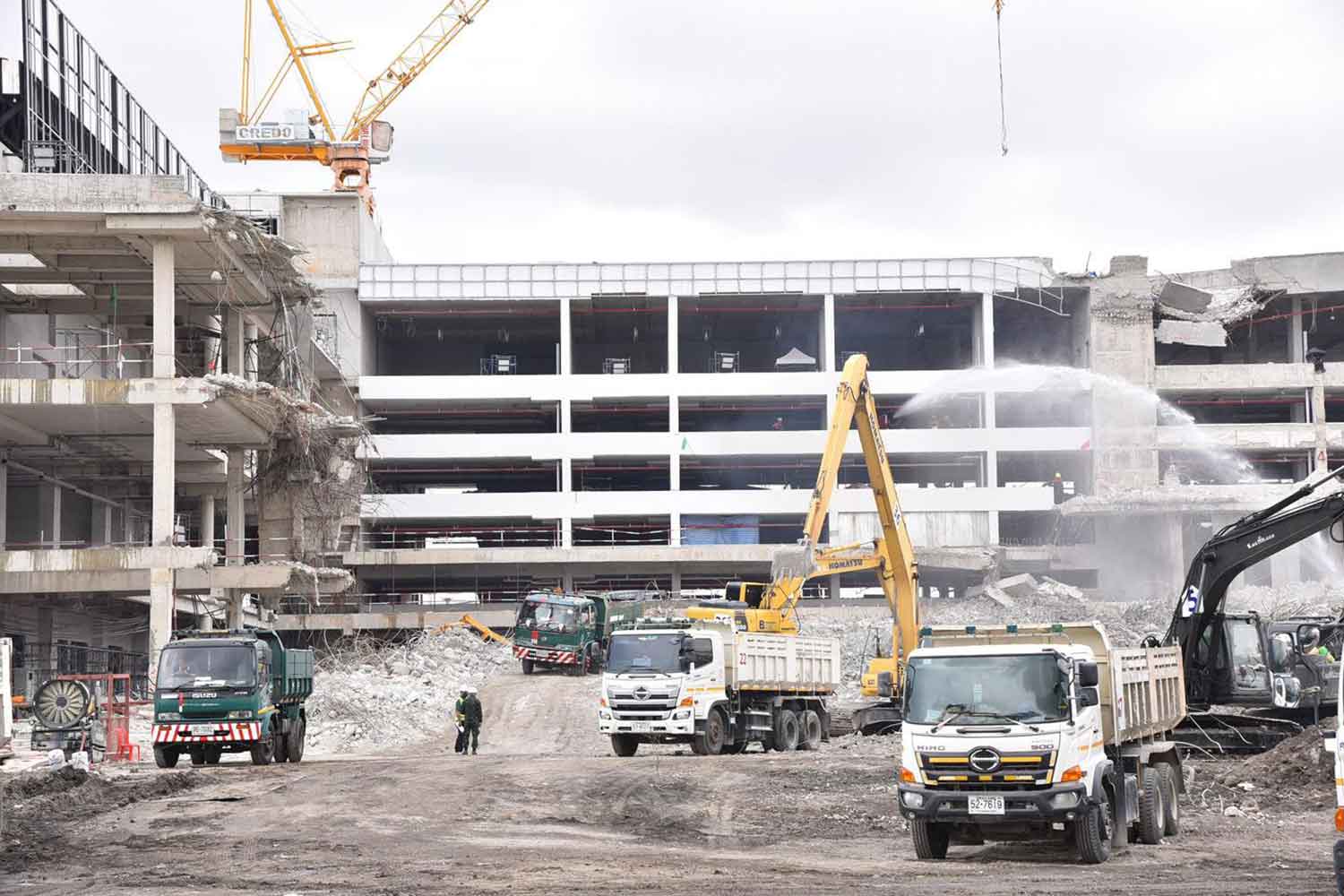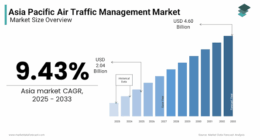Defence Minister’s Visit to USS Carl Vinson
Phumtham Wechayachai Leads Delegation for Security Talks
On Sunday, January 26, 2025, Defence Minister Phumtham Wechayachai will embark on a significant visit to the USS Carl Vinson, a prominent US Navy aircraft carrier stationed in the Gulf of Thailand near Chon Buri. This strategic meeting aims to enhance security collaboration across Southeast Asia, emphasizing the importance of international partnerships in regional stability.
Details of the Visit
The visit is scheduled for 1 PM, with Minister Phumtham and his delegation arriving via helicopter. The USS Carl Vinson, a Nimitz-class supercarrier capable of accommodating up to 6,000 personnel, has a storied history since its launch in 1980. It has participated in major military operations and humanitarian missions, including the rescue efforts following the Haiti earthquake.
Highlighting Military Collaboration
Engagement with US Navy Officials
During the visit, Minister Phumtham will meet with key US Navy officials, including Rear Admiral Michael S. Wosje and Captain Matthew C. Thomas, commander of the USS Carl Vinson. The delegation will have the opportunity to observe various naval operations, including aircraft launches, showcasing the capabilities and architecture of this formidable vessel.
Port Visit at Laem Chabang
Following the ministerial engagement, the USS Carl Vinson will dock at Laem Chabang Port from Monday to Friday for a scheduled port visit. This period allows the ship’s crew to rest without any roster changes, reinforcing their operational readiness while fostering goodwill between Thailand and the United States.
Enhancing Diplomatic Relations
Objectives of the Meeting
The Ministry of Defence aims to strengthen diplomatic ties between Thailand and the US through this visit. According to Ministry spokesman Maj Gen Thanathip Sawangsang, the discussions will focus on knowledge exchange regarding advanced military technologies, enhancing both nations’ security interests.
Future Implications
This engagement not only signifies a commitment to bolstering military cooperation but also reflects a broader strategy of fostering international alliances in Southeast Asia. The anticipated outcomes are expected to contribute positively to regional security dynamics as both nations navigate shared challenges and opportunities.
